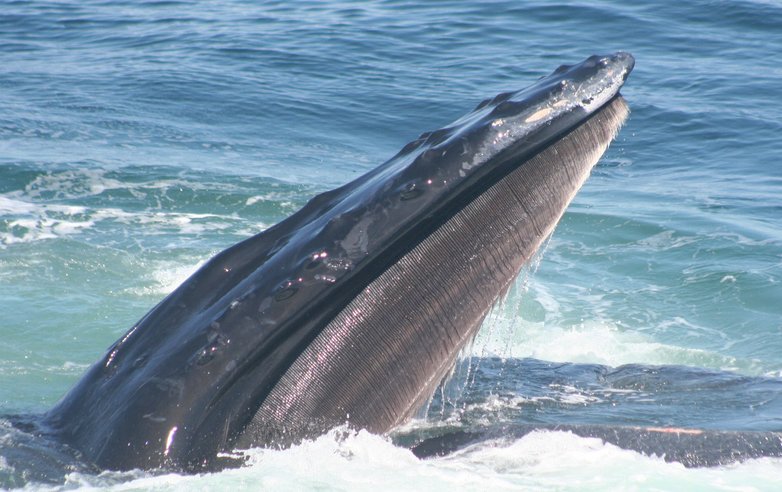

There are a lot of ways to make a grilled cheese sandwich, but you probably make yours the same way your mom did. Or maybe you picked up a habit from your roommate, and how you slice diagonally instead of down the center. Whatever you do is not innate or instinctive, it’s learned–it’s a cultural tradition, however mundane. Apparently, humans (and other primates) are not alone in this. Whales have multiple cultural traditions, too.
Humpback whales mimic their fellows’ novel feeding strategies, passing them on to new generations, according to a new analysis. This may seem like a no-brainer, but it’s one of only a few examples of non-primates using this type of learning, called cultural transmission. Humpbacks are maintaining and sharing cultural traditions they have developed over time.
Whales are smart and social creatures, so there’s ongoing debate about their behavior and how it is similar or different than ours and our primate brethren.
“We can learn more about the forces that drive the evolution of culture by looking outside our own ancestral lineage and studying the occurrence of similar attributes in groups that have evolved in a radically different environment to ours, like the cetaceans,” said coauthor Will Hoppitt of Anglia Ruskin University.

It’s hard to quantify behavior, however, in part because marine mammals are hard to study in their own habitats. To study their feeding habits, Jenny Allen of the University of St. Andrews in Scotland and colleagues examined nearly three decades of whale call data from whale-watching boats, and watched the evolution of a new trend.
Humpbacks forage by blowing bubble nets around schools of fish and then lunging through them. But in 1980, someone saw a single humpback living in the Gulf of Maine modify this behavior to include using its tail. It was a new strategy developed after a primary food source, herring, became depleted. The whale struck the water with its fluke a few times, and then did the bubble-feeding method to feast on a different fish, called sand lances. This is now known as lobtail feeding, and in the next few years, researchers noticed more and more whales adopting it–by 2007, some 40 percent of the population was doing it.
Other cetaceans have adopted new feeding norms, too, notably Australian bottlenose dolphins. “Conching” is a method by which Indo-Pacific dolphins are trapping small fish in conch shells, bringing the shells to the surface, and then shaking them to dump the fish into their mouths. Scientists speculated that the animals learned it through cultural transmission, but this is hard to prove.
To study the humpbacks, Allen and colleagues used something called network-based diffusion analysis, a new technique used for studying influence in social sciences, to analyze how lobtail feeding spread through the whale population. The model assumes that if whales learn lobtail feeding from other whales, then whales that hang out with lobtail feeders are likely to adopt the habit. This kind of thinking is why your parents didn’t want you hanging out with kids who smoked cigarettes.
The models bear this out, the researchers say. Even accounting for factors like genetics and normal learning, lobtail feeding is a result of whales being influenced by their peers.
“Social transmission played a crucial role in the spread of lobtail feeding behavior, which has now persisted over 27 years and multiple generations,” they write. “Lobtail feeding can therefore be considered a tradition, and because humpback populations are known to also carry vocal traditions in the form of song, this population can be considered to carry multiple traditions.”
The paper is published this week in Science.
